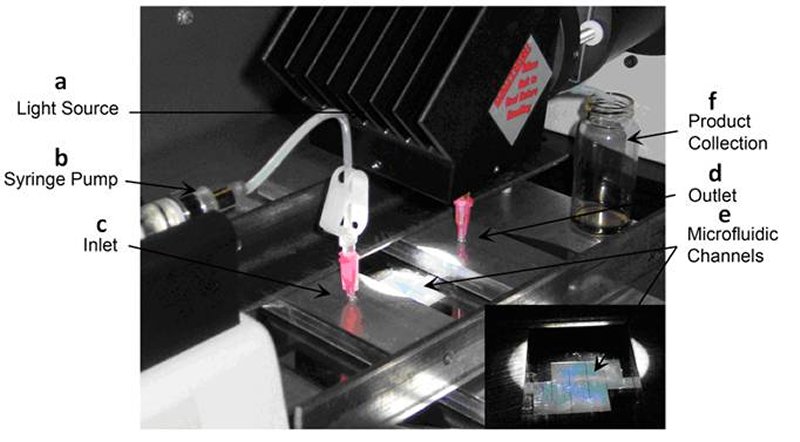
Storing Sunlight As Heat

H. Peter Vollhardt and collaborators at the University of California, Berkeley, have discovered molecules composed of organic material and metal that store sunlight in the form of usable thermal energy.
The direct conversion of solar photons (tiny particles of light) to power the planet is one of the most important challenges of this century. Although many efforts focus on photovoltaics, the approach taken by these researchers follows a relatively unexplored path: Trapping solar energy in the form of high-energy chemical bonds using light.
Because these molecules store absorbed sunlight as heat, they can use the energy at a later time and place. This strategy has several key advantages over traditional approaches:
- heat loss is reduced by replacing thermal storage with chemical storage;
- stored energy is transported over long distances and times;
- temperatures can increase through control of chemical reaction rate;
- the adjustable molecular frame allows for optimal solar spectral overlap and maximal energy capture; and
- the storage material is completely recycled.
- The molecules under investigation constitute prototypes of structures that may eventually find use in thermal batteries that are rechargeable by sunlight.
























